Jean-Baptiste Carpeaux and the Emotional Intensity of “Ugolino and His Sons” (1860)
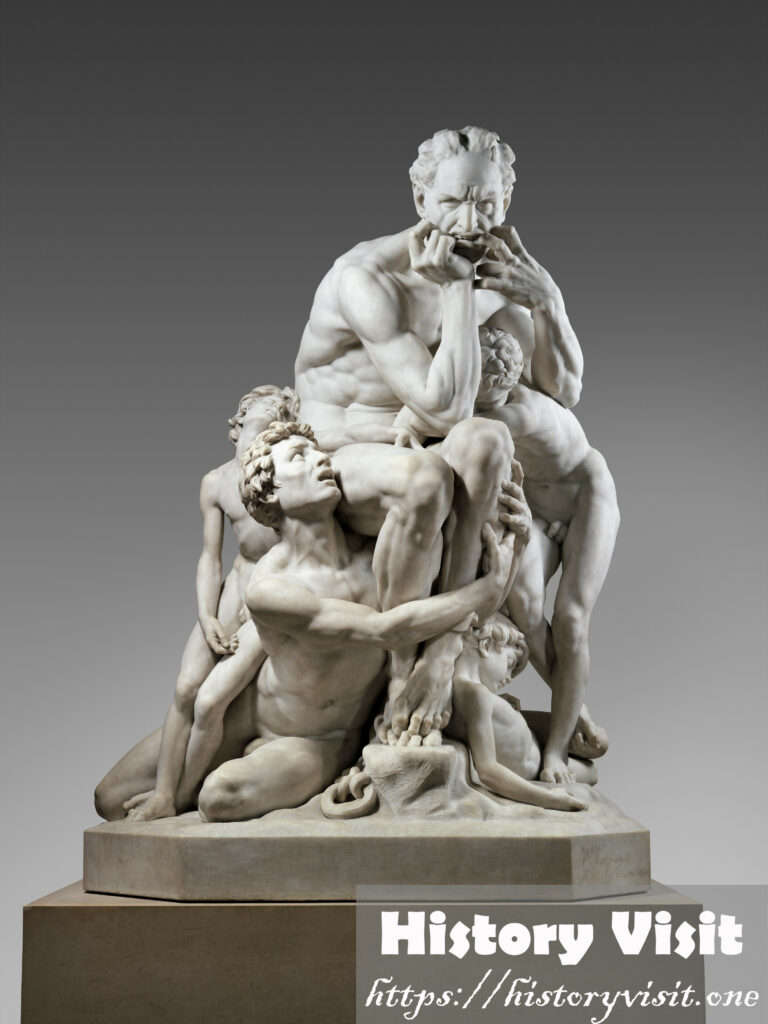
Introduction:
In the tumultuous landscape of 19th-century art, Jean-Baptiste Carpeaux emerged as a sculptor who left an indelible mark on the world of sculpture with his emotionally charged masterpiece, “Ugolino and His Sons” (1860). This iconic sculpture tells a haunting tale of human suffering and desperation, capturing a moment of profound historical significance. To appreciate the full scope of Carpeaux’s brilliance and the depth of emotion conveyed in this sculpture, it is essential to delve into the historical background, examine the intricacies of the artwork, and explore the life and impact of the artist himself.
Historical Background and Falk Tails:
The 19th century was a period marked by profound social, political, and artistic transformations. It was an era of revolutions, both political and industrial, and a time when artists sought to break away from the constraints of tradition. Jean-Baptiste Carpeaux found himself at the intersection of these currents, navigating the changing tides of artistic expression. The sculpture “Ugolino and His Sons” was created in 1860, a pivotal moment in European history when the echoes of the Romantic era still lingered, and the dawn of Realism was on the horizon.
Falk tails, a term coined by the German art historian Gustav Friedrich Waagen, refer to the narrative elements and stories behind a work of art. In the case of “Ugolino and His Sons,” Falk tails play a crucial role in unraveling the layers of meaning embedded in the sculpture. The narrative depicted in the sculpture is drawn from Dante Alighieri’s “Inferno,” part of his epic poem “The Divine Comedy.” Ugolino della Gherardesca, a historical figure and the Count of Donoratico, was imprisoned in a tower with his sons and left to starve to death. This tragic tale served as the inspiration for Carpeaux’s poignant portrayal of the human condition.
Reasons for Creating “Ugolino and His Sons” (1860):
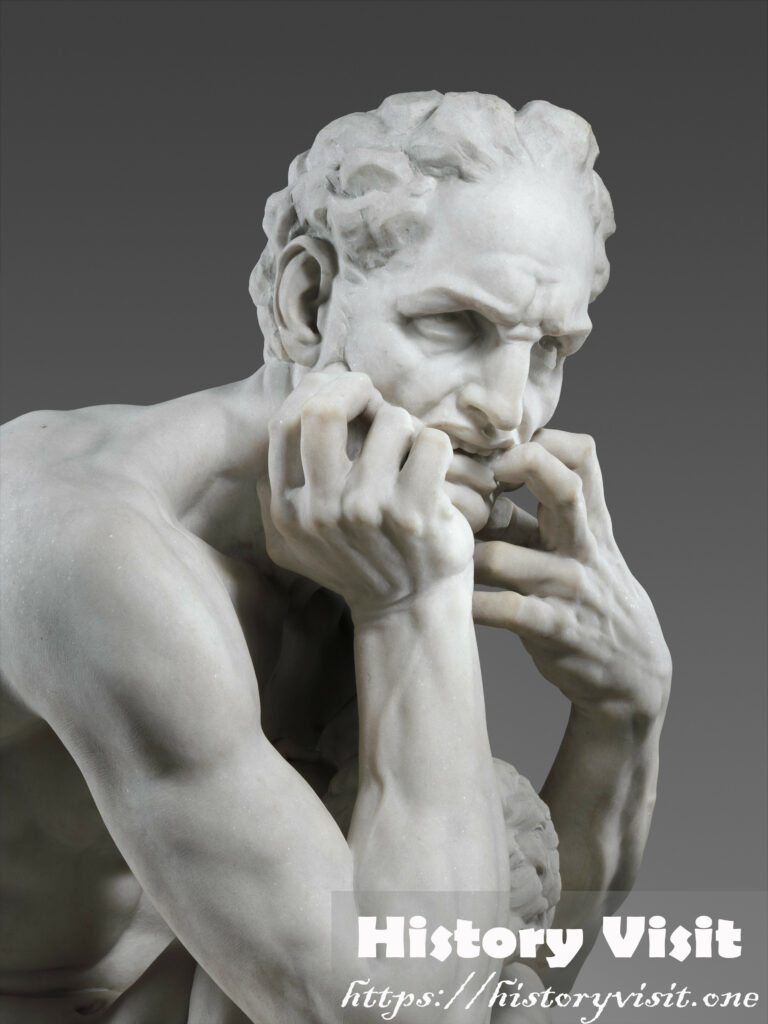
Carpeaux’s decision to sculpt “Ugolino and His Sons” was driven by a profound desire to explore the depths of human emotion and tragedy. The choice of such a tragic narrative was not merely an artistic whim; it reflected the artist’s engagement with the social and political turmoil of his time. The mid-19th century witnessed widespread upheavals, and Carpeaux’s sculpture can be seen as a reflection of the collective anxiety and suffering experienced by individuals caught in the throes of change.
Carpeaux’s empathetic approach to his subjects and his commitment to portraying the human experience with unflinching realism set “Ugolino and His Sons” apart from other sculptures of the era. The artist sought to transcend the boundaries of classical idealism and capture the raw, unfiltered essence of human suffering.
Jean-Baptiste Carpeaux: Life and Art Before “Ugolino and His Sons” (1860):
Born on May 11, 1827, in Valenciennes, France, Jean-Baptiste Carpeaux displayed an early aptitude for sculpture. He honed his skills at the École des Beaux-Arts in Paris, studying under prominent sculptors such as François Rude. Carpeaux’s early works revealed a blend of classical training and a burgeoning inclination toward expressive and emotional sculptural forms.
Before the creation of “Ugolino and His Sons,” Carpeaux gained recognition for his dynamic and evocative sculptures. His breakthrough came with the unveiling of “Neapolitan Fisherboy” (1858), a work that showcased his ability to infuse marble with a sense of movement and vitality. Carpeaux’s dedication to pushing the boundaries of traditional sculptural techniques caught the attention of critics and patrons alike.
The Impact of Carpeaux on World Art:
Carpeaux’s impact on the world of art was not confined to the mastery displayed in individual works; it extended to his ability to challenge established norms and inspire a new generation of sculptors. His departure from the rigidity of classical ideals marked a shift towards a more expressive and emotionally charged form of sculpture.
The artist’s commitment to portraying the human form with a heightened sense of realism laid the groundwork for future artistic movements. Carpeaux’s influence resonated with sculptors who sought to capture the complexities of human emotion and experience. His emphasis on the psychological depth of his subjects set a precedent for the exploration of inner states in art.
“Jean-Baptiste Carpeaux, Ugolino and His Sons (1860)”:
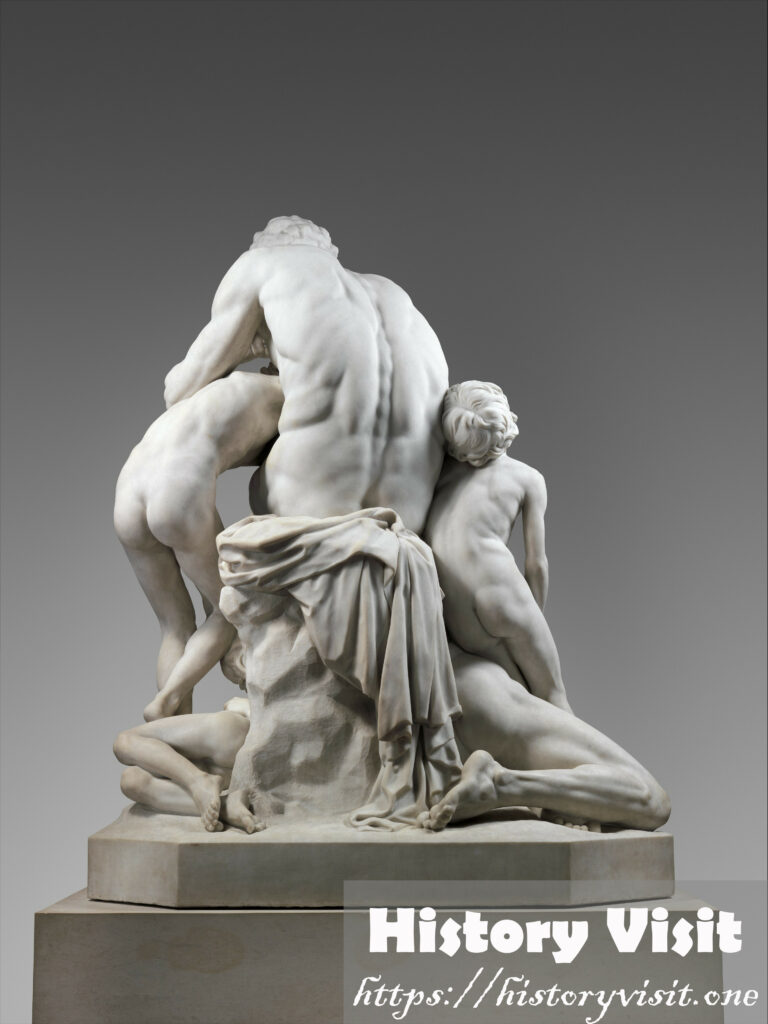
“Ugolino and His Sons” stands as a testament to Carpeaux’s dedication and skill in translating complex emotions into sculptural form. The sculpture, carved from Carrara marble, depicts the anguished figure of Ugolino embracing his emaciated sons in a desperate, final act of love. The contorted bodies, skeletal frames, and pained expressions convey the brutality of their circumstances with a visceral intensity.
Carpeaux’s attention to detail is evident in every facet of the sculpture. The subtle rendering of skin, the texture of hair, and the delicate interplay of light and shadow showcase the artist’s technical prowess. The composition, with its spiraling forms and the asymmetry of the figures, adds a dynamic quality to the piece, capturing the viewer’s attention and inviting contemplation.
The dedication Carpeaux poured into “Ugolino and His Sons” is reflected not only in its aesthetic brilliance but also in the emotional resonance it evokes. The artist’s ability to channel his empathy into the chisel strokes is a testament to his commitment to authenticity in art. Carpeaux, through this masterpiece, invites the viewer to confront the harsh realities of the human condition and to empathize with the profound suffering depicted.
Impact on World Art:
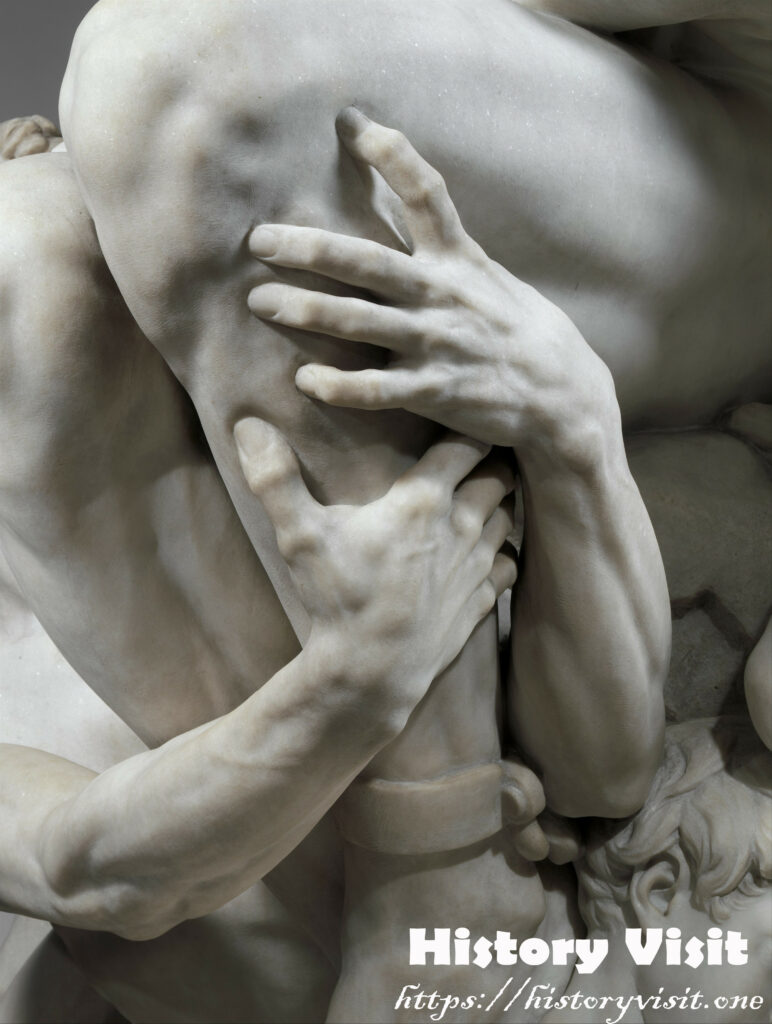
“Ugolino and His Sons” left an enduring impact on the trajectory of sculpture in the 19th century and beyond. Carpeaux’s departure from classical ideals and his willingness to confront the darker aspects of the human experience paved the way for subsequent generations of artists to explore new emotional and thematic territories.
The sculpture’s emotive power resonated with contemporaries and continues to captivate audiences today. Carpeaux’s influence can be traced in the works of later sculptors who embraced a more expressive and psychologically nuanced approach. “Ugolino and His Sons” remains a touchstone for those seeking to push the boundaries of traditional sculpture and delve into the depths of human emotion.
Conclusion:
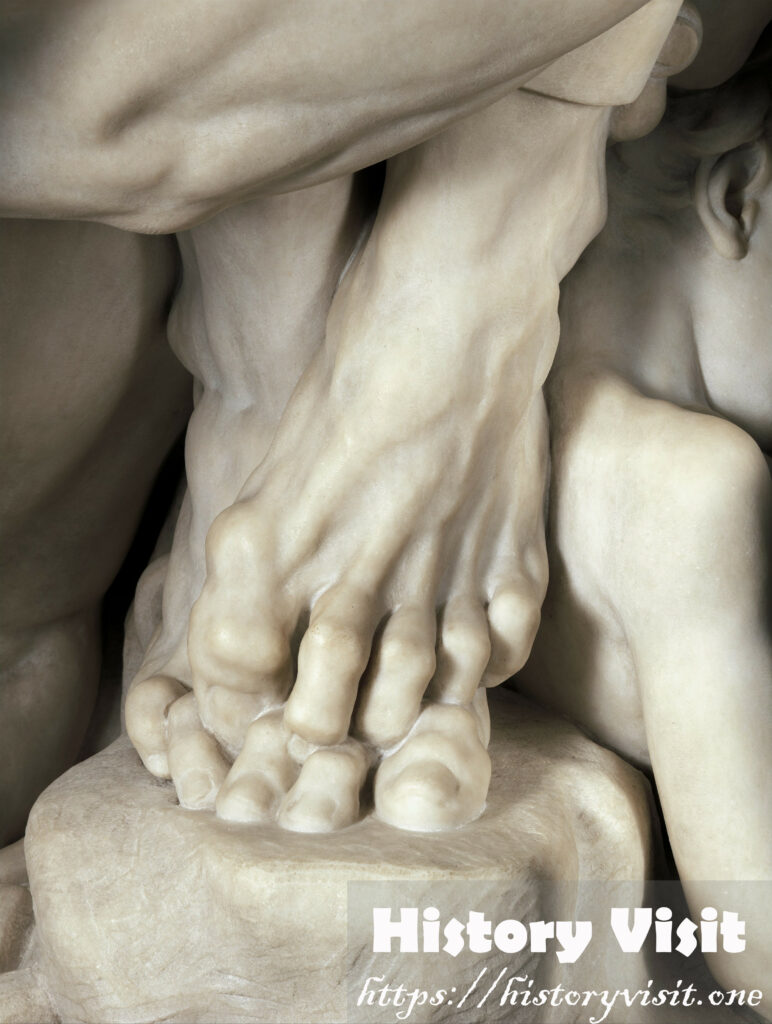
In the pantheon of sculptural masterpieces, “Jean-Baptiste Carpeaux, Ugolino and His Sons (1860)” stands as a poignant reminder of the artist’s ability to transcend the boundaries of tradition and capture the essence of human suffering. Carpeaux’s dedication to authenticity, his technical prowess, and his willingness to explore the darker corners of the human psyche have left an indelible mark on the world of art.
“Ugolino and His Sons” is not merely a sculpture; it is a profound exploration of the human condition, a mirror reflecting the anxieties and tragedies of the 19th century. Carpeaux’s legacy extends beyond this singular masterpiece, influencing subsequent generations of sculptors and reshaping the trajectory of sculpture as an art form. In the emotive power of “Ugolino and
His Sons,” we find the enduring resonance of an artist who dared to confront the complexities of existence and translate them into timeless works of art.


